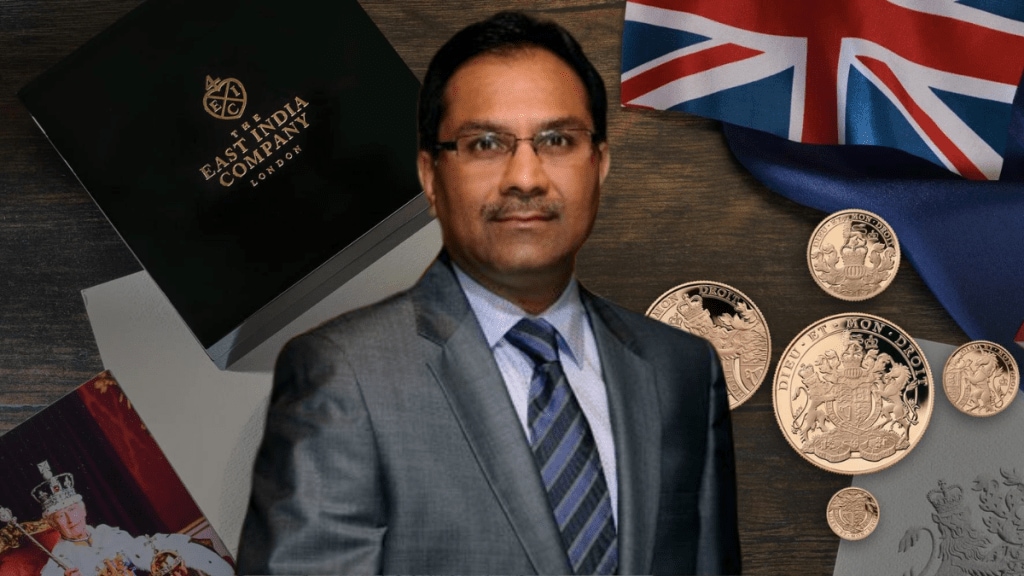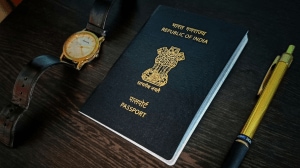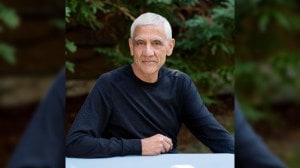In the bustling streets of Mumbai, in the heart of a Gujarati Jain family, a young boy named Sanjiv Mehta grew up with dreams of entrepreneurship and adventure. Little did he know that one day he would embark on a journey that would make history dance to his whimsical tune.
This man bought the company that colonised the Indian subcontinent for 250 years!
But do you know how this Indian man landed as the owner of the East India company? Here’s the full story
Early life
Sanjiv Mehta, born in October 1961, had a family history intertwined with the glimmering allure of diamonds. His grandfather, Gafurchand Mehta, ventured to Belgium in the 1920s and established a diamond trading business. However, fate had different plans, and the family returned to their homeland, India, in 1938. Growing up with this sparkling legacy, Sanjiv Mehta’s entrepreneurial spirit sparkled from an early age. He is an alumnus of the prestigious IIM Ahmedabad.
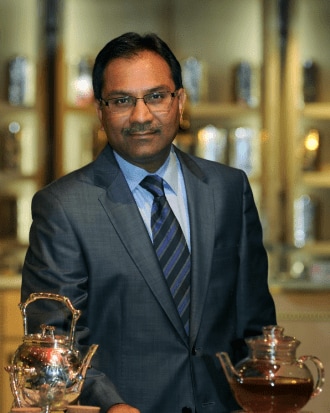
After graduating from Sydenham College in Mumbai and attending the Gemological Institute of America in Los Angeles, Sanjiv Mehta set off for London in the 1980s, his sights set on building his own empire. Armed with determination and a mere £100, he began an export business from the comfort of his home. With Casio watches and garden furniture on his roster, Mehta soon found success, and his “Huggie” hot water bottles became a sensation.
How his landed with the East India Company?
But it was not just the cozy warmth of his Huggies that sparked Mehta’s entrepreneurial fire. As the Berlin Wall fell in 1989, he saw a golden opportunity in the former Soviet bloc and swiftly expanded his business into Warsaw, Berlin, St. Petersburg, Azerbaijan, and Yugoslavia. Soon, major brands like Unilever and Nestlé sought his supplies, and Mehta’s empire grew.
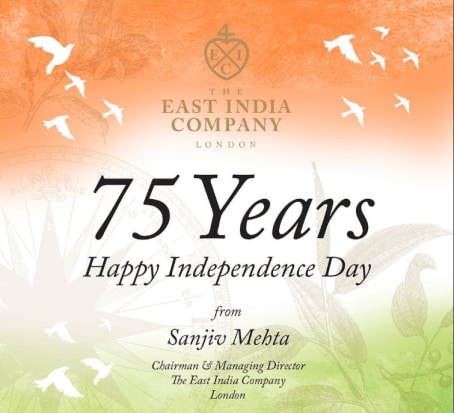
In a curious twist of fate, Mehta’s path would cross with a forgotten relic of history—the East India Company. Dormant for almost 150 years, the company’s shareholders sought to resurrect it as a tea-and-coffee business. Little did they know that their venture would be serendipitously steered by the very hands that once fell victim to its colonial reign.
A meeting between Mehta and the shareholders revealed the stark contrast in their understanding of the East India Company’s legacy. The former colonial rulers were oblivious to the profound symbolism it carried in former colonies like India. But Mehta, who had learned about it as a schoolboy fighting for India’s independence alongside his family, felt the weight of history in his bones.
Determined to reclaim and redefine the company’s narrative, Mehta embarked on a quest to acquire shares of the East India Company, learning its history with an insatiable curiosity. His weekends and spare hours were spent delving into the depths of the British Library and the archives of the Victoria and Albert Museum. In 2005, after a meticulous 18-month acquisition spree, Mehta emerged as the sole owner of the East India Company.
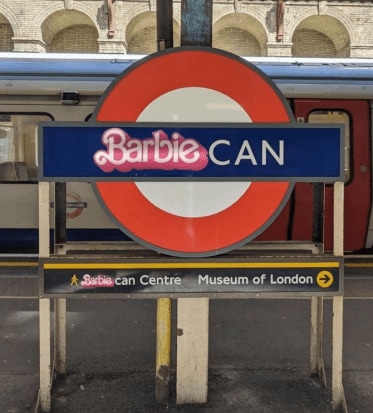
With the rights to trade under its historic name and coat of arms, Mehta began his 25-year plan to transform it into a luxury brand. The London shop, a living testament to the company’s storied past, now offers an array of products inspired by its history—tea and jam alongside gold coins and books, a symphony of heritage and opulence.
Anand Mahindra’s connection with the East India Company
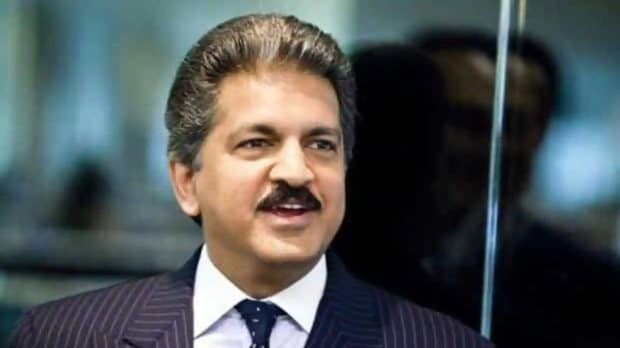
This whimsical tale took a delightful turn when the India-based Mahindra Group, led by Anand Mahindra, acquired a minority stake in the East India Company nearly a decade ago. The company that once symbolized British colonialism had found its way back into Indian hands. Anand Mahindra, beaming with delight, mused on the sheer delight of “turning history upside down” and witnessing the East India Company’s renaissance under Mehta’s stewardship.
So here stands Sanjiv Mehta, the visionary entrepreneur who reclaimed a symbol of oppression and humiliation, embracing the past with a whimsical twist of fate. With every step, he dances on the threads of history, crafting a tale that intertwines the spirit of entrepreneurship, resilience, and redemption.
As we toast to this magical journey, let us remember that sometimes, history finds itself on a whimsical path, guided by the hearts of those who dare to dream and rewrite its narrative. And in the enigmatic tale of Sanjiv Mehta and the East India Company, we find a reminder that even the most dormant of legacies can rise from slumber, reimagined by the whims of destiny and a heart set on transforming history itself.
